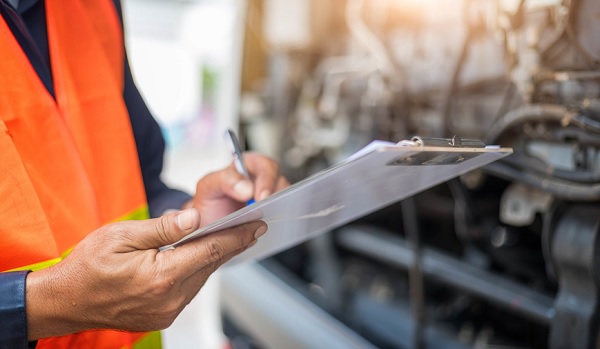Do you maintain your truck?
When you own a semi truck, you have a special responsibility. This is a hugely expensive piece of machinery. You must ensure that you keep it in good shape, or else you’ll struggle to maintain profitability.
You don’t want to let your truck down. But how, exactly, do you work on semi truck maintenance?
That’s what we’re going to cover today. Keep reading to get a breakdown of truck maintenance, as well as how to maintain your own truck.
Establishing a Comprehensive Maintenance Schedule
For maximum benefit, it’s important to stick to the manufacturer’s recommended servicing schedule. The frequency of service should be based on the usage of the truck and the age of the model.
Additionally, certain checks should take place on a regular basis whether or not the vehicle is used frequently. Doing this will help to keep your semi truck in the best condition and extend its lifespan.
Essential Oil Checks & Tire Pressure Maintenance
Oil checks should be performed weekly to ensure proper lubrication and oil flow throughout the engine. Keeping an eye on the oil level, the color of the oil, and the smell of the oil will all help to maintain proper engine maintenance and performance.
Tire pressure is admittedly a difficult task because of the unique size and shape of semi trucks. It’s important to ensure that tire pressure is properly checked and maintained so that the semi truck is safe to drive.
Hiring experienced mechanics and efficient service staff helps to ensure proper tire rotation, tire torque, and even tire replacements are done the right way. Regular maintenance is no doubt essential to keeping semi trucks running well and safe on the roads.
Periodically Flushing the Cooling System
A semi truck’s cooling system should be flushed every 12-18 months for optimal performance. The process involves draining and removing the coolant, followed by a flush to remove any additional buildup within the system, and finally adding new coolant.
To ensure maximum efficiency, consult the truck’s owner’s manual for the correct type of coolant to use and drive the truck for a few hours so that the new coolant runs throughout the system.
Inspecting the Brake System for Any Issues
Inspecting the brake system is critical to auto maintenance. The brake system should be checked regularly to ensure it operates correctly. Inspections should include:
- checking the brake pads for wear
- testing the brake pedal for firmness
- checking the hoses for cracks or leaks
- lubricating parts to prevent rust and corrosion
It is also important to check the master cylinder fluid and check the brake lines for any damage, such as kinks or breaks. Ensure that all components are securely fastened with the appropriate amount of tension.

Routine inspections can prevent many costly repairs in the future as they can prevent accidents. Otherwise, you may end up with some essential commercial collision repair.
Your Ultimate Guide to Semi Truck Maintenance
Proper semi truck maintenance is essential for your truck’s performance and longevity. Regular vehicle maintenance can help prevent breakdowns, keep your costs low, and help you maintain the life of your vehicle.
By following the guidelines provided in this informative guide, semi truck owners can save time and money and have more dependable driving experiences. Don’t delay, contact your local mechanic today to help you get started on the path to effective truck maintenance!




